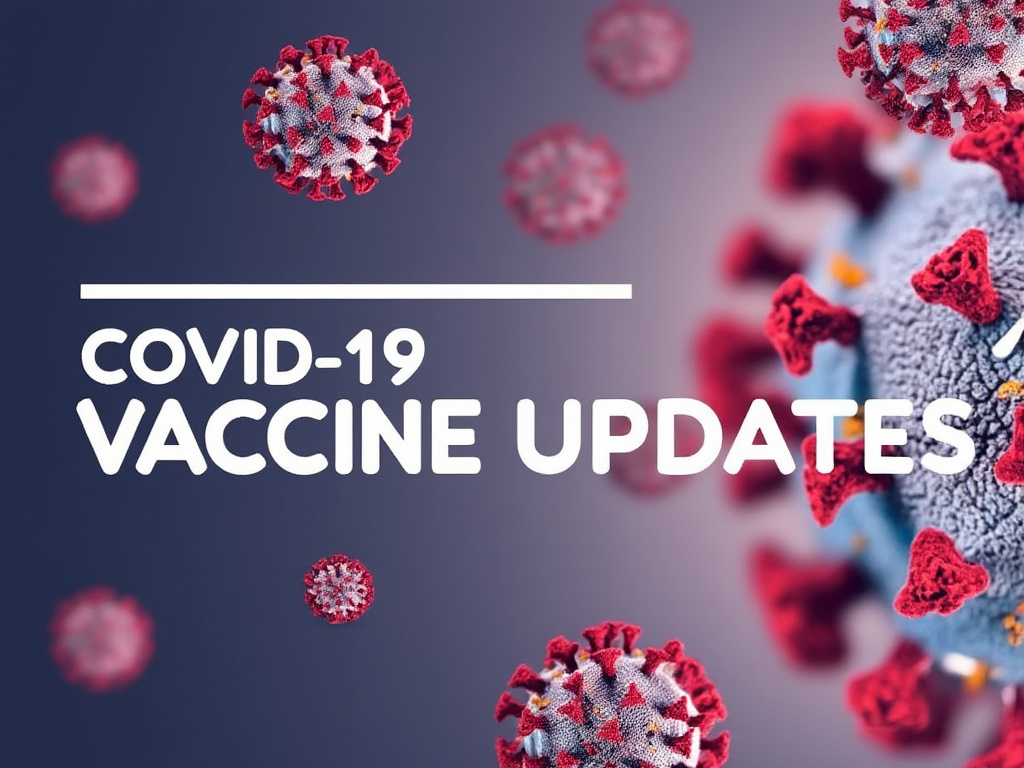The latest updates on COVID-19, as of October 2024, highlight several key developments:
- Vaccine Updates: The U.S. FDA has approved and authorized updated mRNA vaccines for the 2024-2025 season, targeting the KP.2 variant, which is a descendant of the Omicron family. These vaccines are aimed at better protecting against currently circulating variants. This includes:
- Pfizer-BioNTech and Moderna vaccines for individuals 6 months and older.
- Novavax has also received authorization, offering an alternative vaccine option.
These vaccines are expected to reduce the risk of getting COVID-19 by about 60% to 70% and severe illness by 80% to 90% for approximately three to four months post-vaccination. - Effectiveness and Waning Immunity: Recent studies have shown that vaccine effectiveness peaks around four weeks after vaccination but wanes over time, particularly with new variants like JN.1 and its subvariants (KP.2, KP.3). This waning immunity, combined with the emergence of new variants, has led to increased infections, although hospitalizations and deaths remain significantly lower than during previous peaks.
- Current Trends in Infections: There’s been a noted decrease in transmission rates as of early October 2024, with daily new infections significantly lower than the 12-month average, indicating a fall lull in cases.
- Vaccination Rates: As of May 2024, only about 22.5% of U.S. adults had received the updated vaccine from the previous season, suggesting a significant portion of the population might have reduced immunity against newer variants.
- Public Sentiment and Behavior: From insights gathered from X posts, there’s a mix of vaccine acceptance and skepticism. Discussions range from updates on vaccine developments to calls for vaccination amidst rising cases in specific regions, indicating varied public responses to ongoing health measures.
- Global Efforts: Beyond the U.S., efforts continue worldwide, with developments like a combined vaccine against COVID-19 and influenza being trialed, showcasing ongoing innovation in vaccine technology.
- Vaccine Strategy: The FDA’s decision to target KP.2 over JN.1 for the new vaccine formulation was based on aligning with what might be the dominant strain later in the season, aiming to preemptively address potential winter surges.
This combination of data and real-time updates from platforms like VaxAction.com shows an ongoing battle against COVID-19, with continuous adaptation in vaccine technology and public health strategies to manage evolving variants and waning immunity. The focus remains on enhancing vaccine effectiveness, accessibility, and public education to mitigate the impact of the virus.


